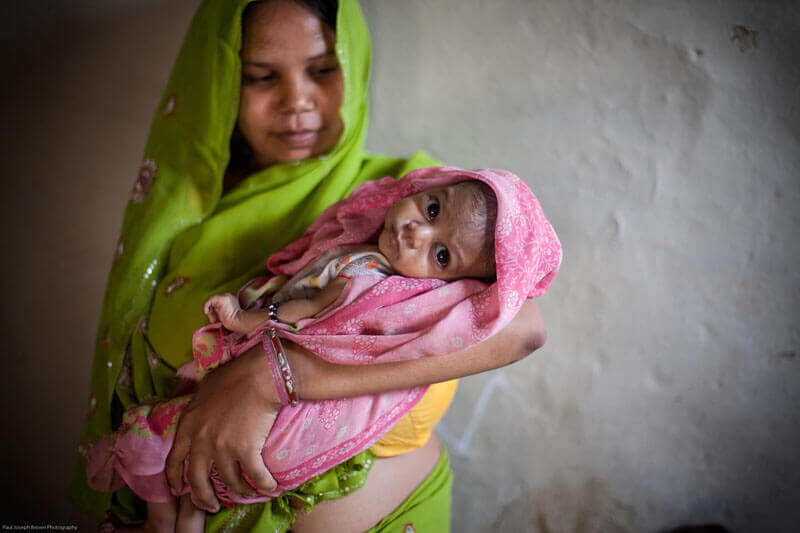In this guest post, Eve Lackritz, MD—senior program officer with the Global Alliance to Prevent Prematurity and Stillbirth (GAPPS), an initiative of Seattle Children’s—writes about new research projects to develop innovative prevention products and strategies for preterm births worldwide.
With more than 15 million babies born preterm every year, of which one million will die in infancy, preterm birth is a global health crisis that must
be elevated and prioritized on an international scale.
Although preterm birth is the second-leading cause of death for all children under age five worldwide, preterm research ranks 99th in National Institutes
of Health funding. Causes of preterm birth are multiple and poorly understood; the majority have no known cause, and 80 percent cannot be prevented
with current interventions. It is a critical time to advance a global prevention research agenda to understand the biology of pregnancy, how multiple
social, biological, and clinical factors cause adverse birth outcomes, and test new and innovative strategies for prevention.

- In India, there are 3.5 million preterm births every year, more than anywhere else in the world. Photo credit: Paul Joseph Brown / GAPPS.
Last week, GAPPS announced five projects funded through the Preventing Preterm Birth initiative (PPB),
part of the Bill & Melinda Gates Foundation’s Grand Challenges in Global Health. The initiative
seeks to discover biological mechanisms that lead to preterm birth and develop novel interventions for prevention.
A core objective of the PPB is to advance research that will have the potential to translate results into novel solutions for low- and middle-income
countries, including requiring that new products be practical and affordable for global impact. While preterm births occur worldwide, developing
countries often lack the healthcare infrastructure needed to keep preemies alive, and therefore bear the greatest burden of infant mortality. In
high-income countries where premature babies are more likely to survive, they can face lifelong health problems, including cerebral palsy, developmental
delays, and asthma.
One of the projects funded through the PPB will work to develop a diagnostic test to detect inflammation in the uterus early in pregnancy. Conducted
by Dr. David Olson of the University of Alberta and an interdisciplinary team, the investigators will work to develop new diagnostics and therapeutics
that can identify women at risk, alter the inflammatory response, and prolong pregnancy. Tests and treatments such as these could have an important
impact and lessen the burden of prematurity worldwide.
Infection and inflammation are important contributors to preterm birth. Dr. Sam Mesiano from Case Western Reserve University School of Medicine is
investigating ways to enhance the body’s anti-inflammatory processes through the study of the body’s receptors for progestin-based therapies. The
long-term goal of this project is to develop an inexpensive oral therapy that will reduce the prevalence of preterm birth worldwide.
Finding ways to prevent preterm birth will be a long and difficult challenge. Projects like these are an important start, but there is a long way to
go. Increased awareness of this leading cause of child death is critical to attracting the public and private funding needed to discover new solutions.
Time and again, we have seen that investment in research results in solutions, and in this case, will help make every birth a healthy birth.

